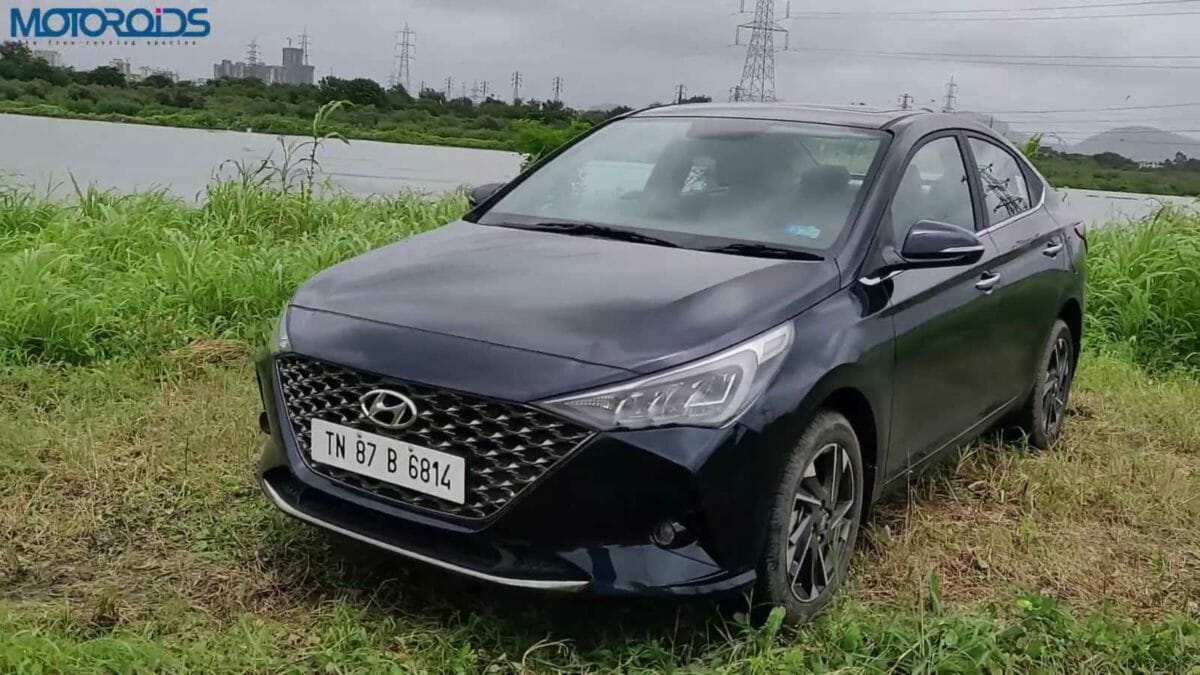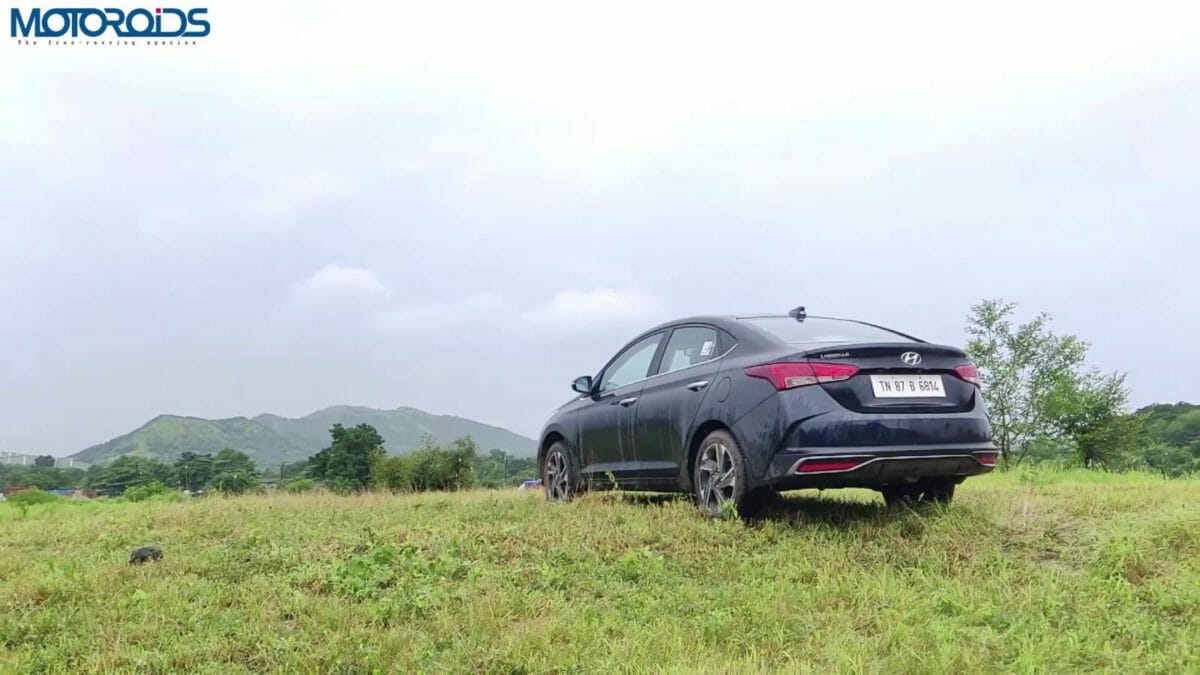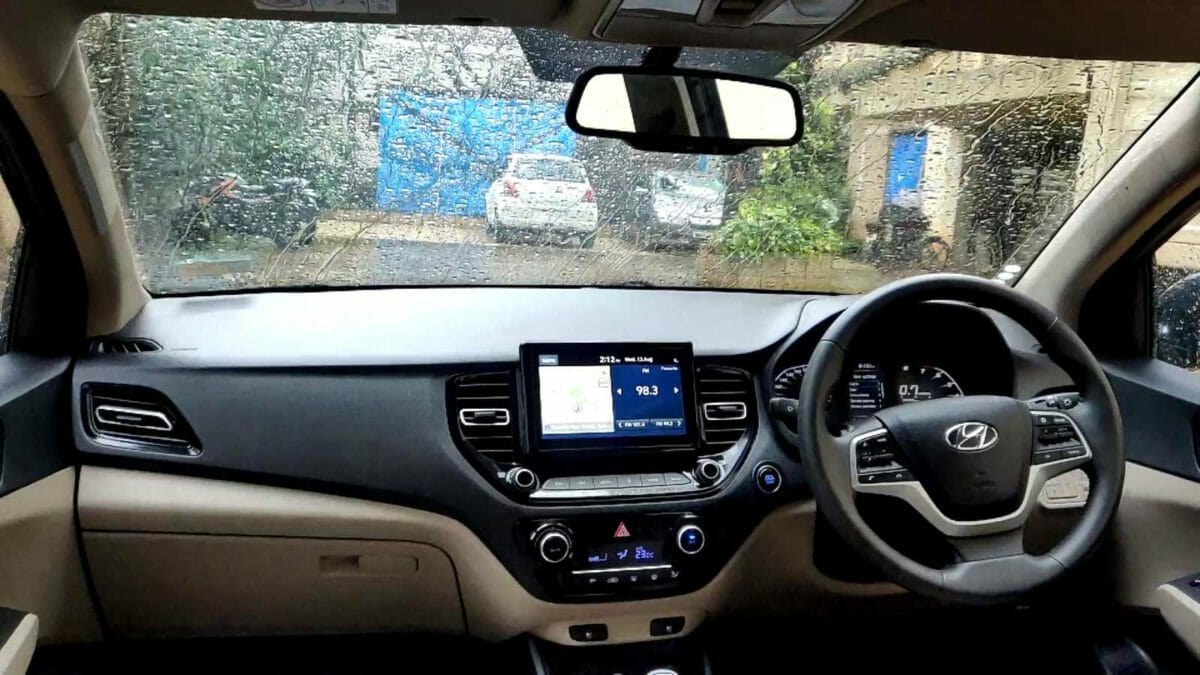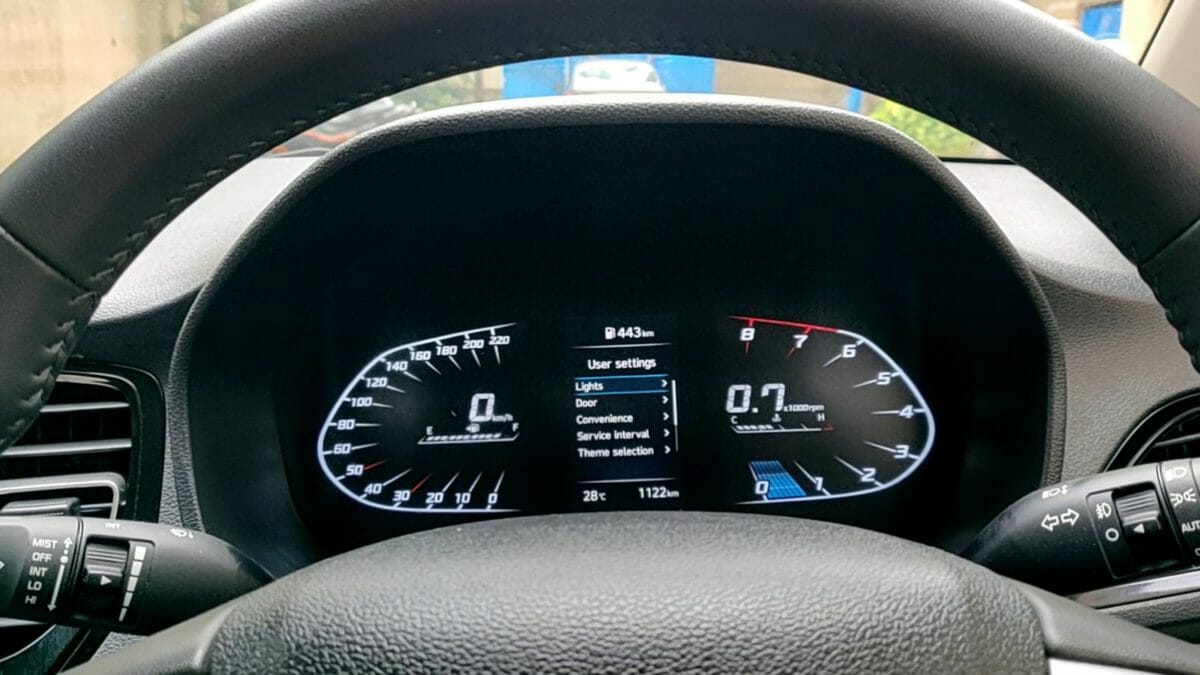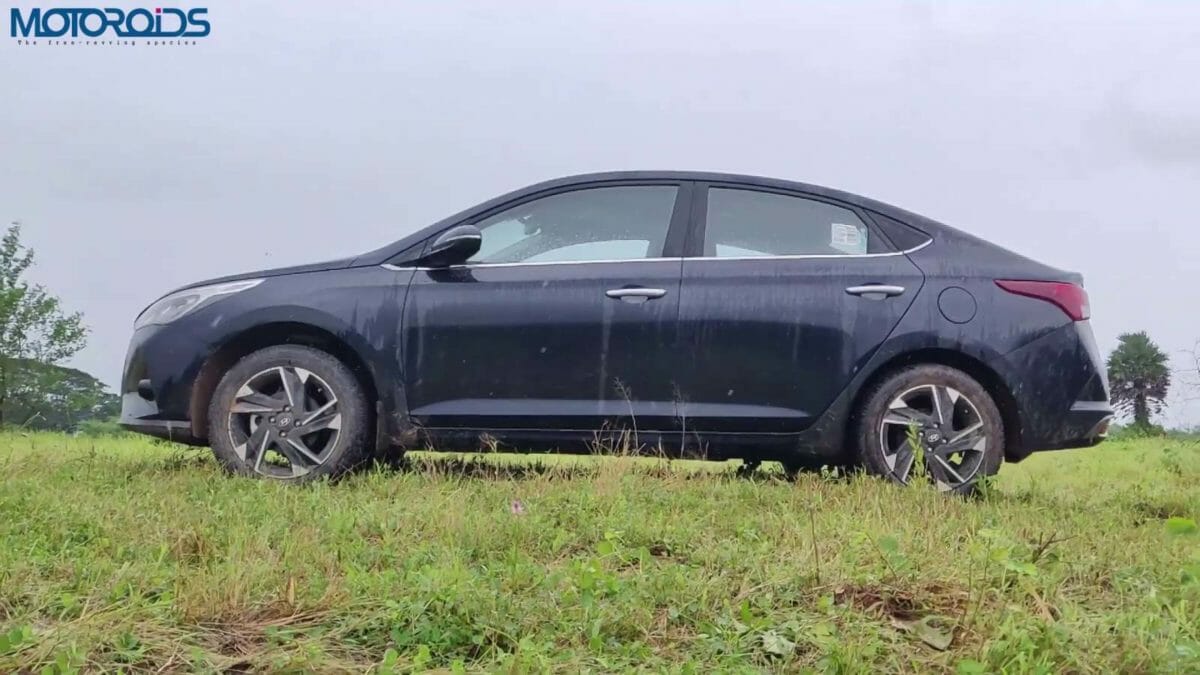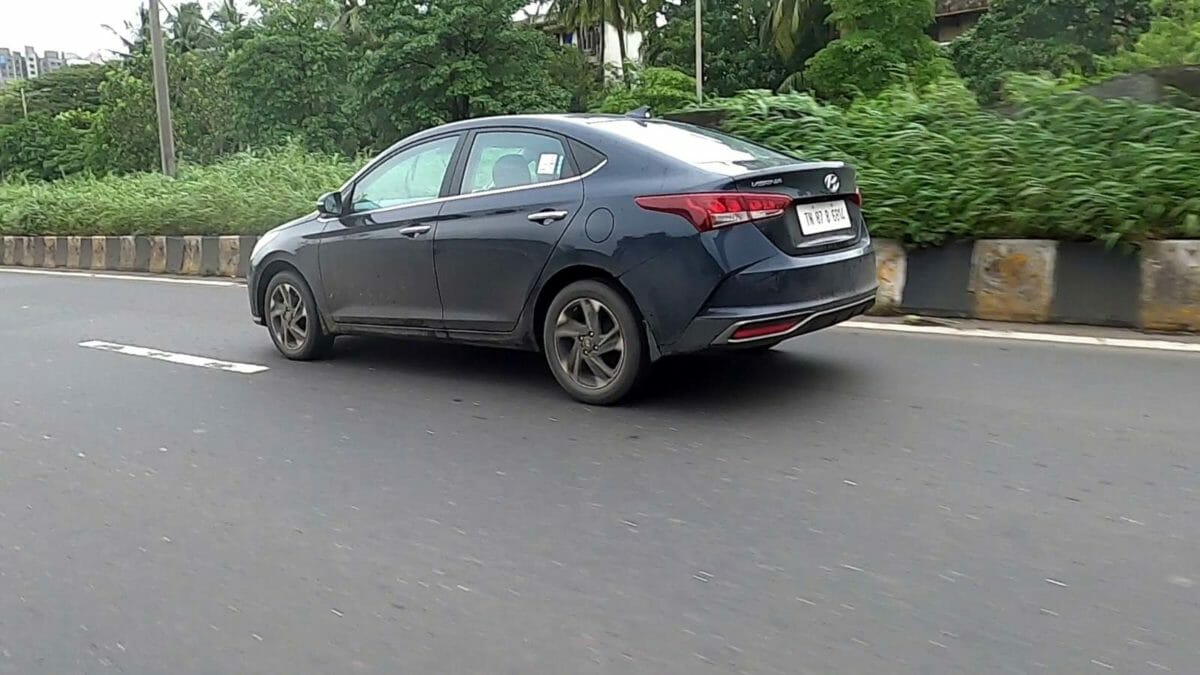Hyundai launched its updated Verna last year as Honda had also unveiled their latest version of their City. Ever since both of these vehicles have graced the Indian market, they have been pitted directly against each other and have a fearsome competition between them. With the latest update on the Verna, the Korean manufacturer has made the Verna even sharper than before and has bestowed it with some other upgrades as well. Let’s dive deep into the details and find out how exactly does the Verna 1.5 Diesel fare against the competition and especially, the iDTEC.
Watch video
https://youtu.be/yEbl93axjNk
Styling
The overall exterior look of the diesel-powered Verna is the same as its petrol-propelled counterpart. The Honda City is longer, wider and rides higher as well. On the other hand, the Hyundai Verna has always been renowned for its sharp styling and has found many takers based on its looks alone, while the City is more subtle and simplistically sophisticated.
The Hyundai Verna in its latest guise has been crafted meticulously and has upped the game even higher when it comes to the looks of a car. The front encompasses a dark-chromed 3-D grille which according to us, is the best of the lot. It looks like a separate team of designers sat down and decided to blow the competition out of the park when it comes to neatly designed grilles. There are sharp creases all around and the fog lamp housing too, looks like a piece of art. The cascading grille up front is flanked by new sharp-looking LED headlamps.
The bonnet too, looks muscular. The most striking design element of the side profile has to be the 16” diamond-cut alloy wheels. While the 1.5-litre N/A petrol that we drove had drum brakes at the rear, the turbo-petrol variant gets discs on all four wheels. Ground clearance stands at 165mm and the roofline looks like it is borrowed straight from a coupe. At the rear, the tail lamps feature some changes and the turbo variant can be uniquely distinguished by its characteristic twin-tip muffler and glossy black grille.
Interiors
There’s no denying the fact that the cabins of Hyundai’s cars are quite appealing and very well put together and the Verna is no different. Everything inside the cabin is neatly laid out and falls ergonomically correct. The visibility through the windshield is good, all thanks to the flat dashboard. The fit and finish around the cabin is nothing to complain about. The steering wheel can be adjusted both ways. The Verna facelift is the only sedan in its class to feature a fully-digital instrument console. In addition, it also gets a 4.2-inch driver information display (MID) that displays a multitude of data to the driver. The same unit is also shared with the next-gen i20, although the unit on the new Creta is slightly different. We do think that the speedo should have been given the middle space.
The biggest addition has been the BlueLink Telematics System. It comes with 45 features, including remote engine and air-con operation (automatic only), voice commands for in-car functions and more. It also lets the owner access in-car functions with the help of their smartwatches. Hyundai has made it clear that all the further launches will feature BlueLink Telematics.
Other features include auto-dimming electro-chromatic mirrors, automatic headlamps, cruise control, automatic AC, wireless phone charging, ventilated seats, single touch electric sunroof and many more. If you opt for the turbo variant, you will also get a set of paddle shifters! The seats offer nice support and you wouldn’t quite mind going on long trips.
Passengers at the rear might not feel as roomy as they might in the Honda City and Maruti Ciaz because the knee room is definitely better in those two cars. It doesn’t really pose a problem because the seats provide good thigh support. The headroom could have been a little better though. The windows too, are slightly narrow but the overall comfort level is still commendable.
Engine & Performance
If you have driven previous generation diesel cars from Hyundai, such as the Getz or the Verna previous gen, you would relate to the fact that these cars would offer a heavy turbo lag and all the torque would suddenly, in a burst, be available post a certain RPM, mostly around 2000 RPM mark. This doesn’t mean that they were not powerful cars. The engines then were adequately powerful, but the overall experience was a bit lacklustre and so was the refinement. Especially in the twisties and ghats, owing to that turbo lag, you had to downshift a lot more than you otherwise would have needed to.
Cut to the present and Hyundai has made significant gains in improving their diesel engines. There is a lot more linearity, refinement and soul to this engine. This 1.5L diesel engine now produces 113HP of peak power @4000 RPM and segment-leading 250Nm of peak torque between 1500-2750 RPM. The engine is mated to a 6-speed manual gearbox which arguably is the best gearbox across the segment. The shifts are butter smooth, the throws are shorter, the clutch is lighter and hence this gearbox is a treat to use.
Over 100 RPM, it has sufficient torque to allow you to cruise along. Around 1300-1400 RPM, it gathers sufficient momentum and confidently propels forward depending on your right foot input. But, around 1800-1900 RPM, when the turbo properly spools up, you do feel a bit of a kick inside and can feel the torque being properly available at the front axle. This Verna sprints from 0-100 in 10.7 seconds, bettering the Honda City by almost 2 seconds! It is arguably the best diesel engine of the segment.
Dynamics
The suspension is highly absorbent and it makes gliding over bad roads a piece of cake. The steering is light as well and hence manoeuvrability in the city is quite easy. Since this is a diesel, the car feels a bit nose-heavy but the driving dynamics do not change drastically, the dynamic difference in petrol and a diesel Verna is not that pronounced. You don’t feel like driving a wallowing car. This Verna feels quite sure-footed and hence you can clock triple digits on the speedo and maintain them confidently. It’s comfortable and at the same time, reassuring. A noteworthy point though, due to its soft suspension and front heavy characteristics, due to the weight of a diesel engine, when you load up the car with passengers and luggage, the underbelly does scrap a bit over bad bumps.
Fuel Efficiency
The obvious highlight of the Verna diesel is the fuel efficiency. With an ARAI number of 25 kmpl, this is a highly fuel efficient machine. In the city, you can extract 16-17 km for every litre of fuel and on an open highway you can take that up to 23-24 km for every litre if you don’t mash the pedal.
Prices
Verna diesel manual : INR 11-14 lakhs ( ex-showroom )
City diesel – INR 12.5 – 14.75 lakhs ( ex-showroom )
Conclusion
The Verna petrol has a long list of competitors including its arch nemesis, the Honda City with an iVTEC. However, the diesel Verna faces considerably less competition as only Honda City offers a diesel option other than the Verna in this segment. This engine-transmission combo is impeccable and the engine is refined and highly fuel efficient. The diesel Verna drills a smaller hole in your pocket as against the Honda City, hence, it does prove to be a standout option. Unless you are a sucker for space which the Verna lacks a bit in comparison to the City, the Verna diesel otherwise is a better pick and further sweetening the deal is Hyundai’s brand name, sales, service and support network.

